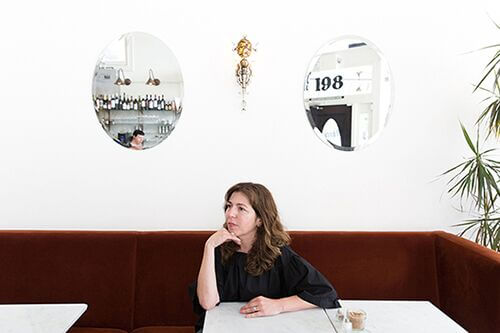Raised in New Hampshire, Deb Achak holds a master's degree in social work and is a
self-trained photographer and filmmaker. She lives in Seattle, WA with her husband and
sons in a grand old home that was once a bed and breakfast.
Deb's fine art photography explores natural elements of water and grasses - earth
elements with clean, simple compositions meant to calm and soothe. Her children are
also a growing subject of her fine art work. Her photographs have been exhibited at the
Black Box Gallery, Portland, OR; Sante Fe Photographic Workshops, Sante Fe, NM; the SE
Center for Photography, Greenville, SC: and Vermont Center for Photography, Brattleboro,
VT.
About She Told Us To Trust Our Intuition
My mother's last words to my siblings and I before she died were "trust your gut instincts".
It's struck me over the years how profound and revolutionary that one simple phrase is. It
has become my mantra - my north star. When we still our mind, free it of conscious
thought, intuition can be heard and felt, and becomes the perfect guide. Some years
ago, I started to notice that when I am in a deep flow with my art, it becomes a meditation
and I am able to hear my inner voice with complete clarity. In this series I use water, color,
movement and the human form to express the meditative quality I feel when I am in
synch with the flow of creating. I seek to capture that single moment where my camera,
my intuition, and the natural world are perfectly aligned, and to give gratitude to my
mother for bestowing such a powerful parting gift.
All the Colors I Am Inside